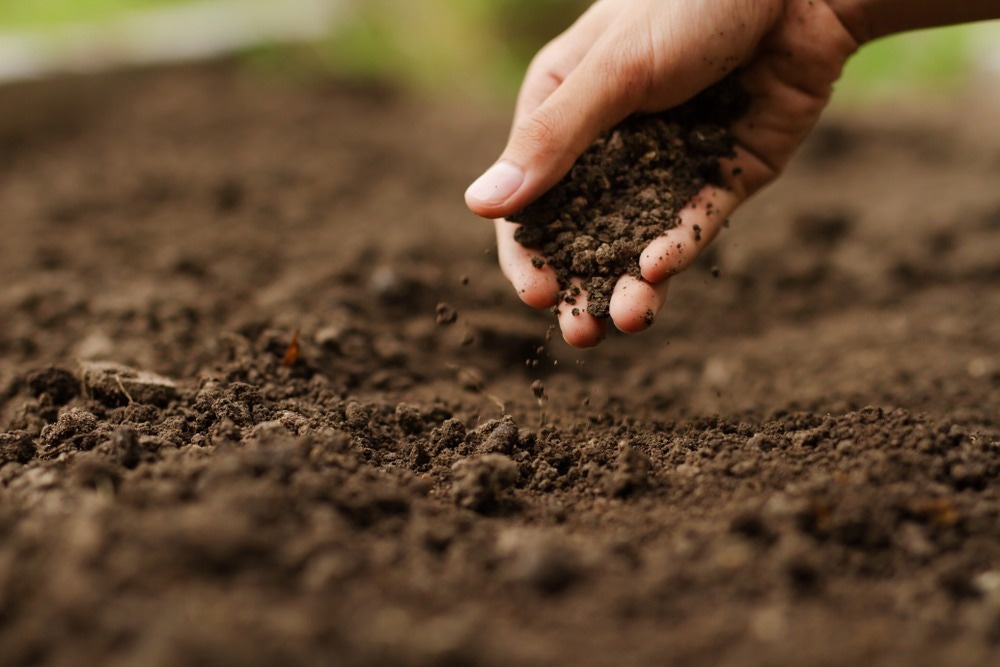Reviewed by Danielle Ellis, B.Sc.Oct 3 2022
Soil antimicrobial resistance (AMR) poses significant health risks due to the possibility of transfer to humans via direct contact and the food chain. Since the great majority of soil microorganisms are still uncultured, soil AMR research has relied primarily on environmental DNA that might emerge from dead/dominant cells and extracellular DNA, thereby overestimating AMR and accompanying dangers.

Image Credit: Piyaset/Shutterstock.com
Active antibiotic resistant bacteria (ARB) in soils play a crucial role in AMR spread but are poorly understood.
A research group led by Prof. Yongguan Zhu and Prof. Li Cui from the Chinese Academy of Sciences’ Institute of Urban Environment disclosed a new single-cell functional tool integrating single-cell Raman-isotope probing, targeted metagenomics, and single-cell sorting to screen and sequence active ARB in native soils in the study reported in PNAS.
If you know yourself and your enemy, you can fight battles without defeat. It is thus an urgent need to understand the true AMR risk in soils.”
Yongguan Zhu, Professor, Institute of Urban Environment, Chinese Academy of Sciences
Active ARB in soils was readily discovered in a culture-independent manner based on the distinct activities of soil microbes toward heavy water under antibiotic treatments. The researchers improved and confirmed the method’s generalizability and accuracy across various soils and antibiotics.
The proportion and activity of ARB in soils were quantified using this approach, and a clear correlation with human activity was discovered.
Given the importance of highly metabolically active ARBs in AMR transmission, the researchers proposed employing phenotypic resistance level as a unique parameter for AMR risk assessment, tackling a long-standing problem in which AMR risk assessment relies solely on genetic information and lacks phenotypic information.
Although neither genomic data nor physiology studies of bacterial isolates can reliably predict the active ARB residing in soils, single-cell functional tools may provide a great solution to this problem.”
Li Cui, Professor, Institute of Urban Environment, Chinese Academy of Sciences
The most active ARBs in soils were chosen individually for downstream targeted metagenomic sequencing. The active ARB’s microbial identity, virulence factor genes (VFGs), antibiotic resistance genes (ARGs), and mobile genetic elements (MGEs) were all deciphered indicating “who is doing what and how.”
Numerous uncultured bacteria containing multiple ARGs were found, indicating that they play a key role in soil phenotypic resistance. One form of ARB discovered in soil was classified as high risk because it is a very active pathogen that carries ARGs on MGEs.
Discovery of the highly active antibiotic resistant pathogen in soils raises an alarm for urgent need of control technologies.”
Yongguan Zhu, Professor, Institute of Urban Environment, Chinese Academy of Sciences
The current study enhances the knowledge of active ARB in the environment, a topic that has received little attention so far. The established single-cell technique for correlating resistance phenomes to genomes is easily transferable to various ecosystems.
Source:
Journal reference:
Li, H.-Z., et al. (2022) Active antibiotic resistome in soils unraveled by single-cell isotope probing and targeted metagenomics. Proceedings of the National Academy of Sciences. doi.org/10.1073/pnas.2201473119.